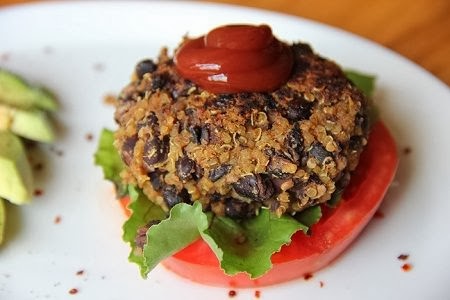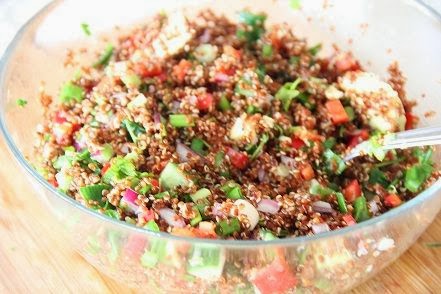5 Soy-Free Vegan Meat Alternatives
Replacing meat in your diet can be a matter of several factors–be it for health, ethical or simply taste reasons. Whatever the reason, there are many vegan options to choose from–now more than ever– and each one is versatile enough to keep your meat cravings at bay and creativity high in the kitchen. And if you’re also avoidng soy (whether you’re allergic, concerned about GMOs or have other reasons to replace it), there are also plenty of options. Here are five soy-free ways to fill in the meat gap and be able to enjoy a long, thriving life without animal flesh.
1. Avocado
It’s hard not to appreciate the value of avocado in a plant-based diet. It’s the perfect accompaniment to a salad, makes for a filling snack, and nurtures the transition from heavier, drier foods to lighter, water-based ones. The best way to enjoy avocados is in a mixed salad, as a topping for a veggie burger, as the main ingredient in a guacamole dip, or as simply as possible, with a bit of sea salt and a spoon for scooping as a snack.
Avocados are also a powerhouse of nutrition. Their mono-saturated fats are healthy and will not clog your arteries. They are a great source of fiber, potassium, vitamin C,K, folate and B6. They contain oleic acid, which has been shown to inhibit the growth of breast cancer, lower cholesterol levels, as well as activate the part of your brain that makes your feel full. Avocados also contribute to eye health, lower the incidence of heart disease, protect against strokes, help the body to better absorb nutrients from other foods, and slows aging.
2. Legumes
Legumes include beans, peas and lentils. If you resort to meat for its protein and can’t imagine where in the plant food world you can get a viable source, look no further than legumes. On average, they offer between 4 and 9 grams per half-cup servng. They provide a good amount of folate, iron, magnesium, and potassium to top it off.
3. Grains
A serving of grains as either a side dish, mixed into a salad, or used more creatively in a veggie burger provides not only a delightful texture but also a great source of B-vitamins, proteins, and carbohydrates. Reach for whole, unrefined grains for a higher protein to carbohydrate ratio as well as a richer quality of fiber. Wheat germ, oat bran, quinoa, amaranth, and kamut are the crème de la crème of whole grains and will provide you with the most bang for you buck.
4. Eggplant
For casserole dishes or those involving some sort of ground beef, I often resort to eggplant. The vegetable is packed with fiber, antioxidants, B-vitamins, and potassium. Eggplants also have a meaty texture when cooked and readily absorb any flavor you add to them, which means they take on a meaty profile quite easily. Use eggplants for meatless lasagnas and pastas as well as a healthier alternative to chicken parmesan.
5. Portobello Mushrooms
If you love a meaty texture and smoky taste turn to portobello mushroom “steaks”. Portobellos are thick and juicy and have a texture that holds together firm and tender. All it takes is some seasoning and a grill, and you’ll be just as satisfied with a mushroom as with an actual steak. The advantage with portobello mushrooms is that they are low in calories, cholesterol and fat — something that can’t be said for steak.





